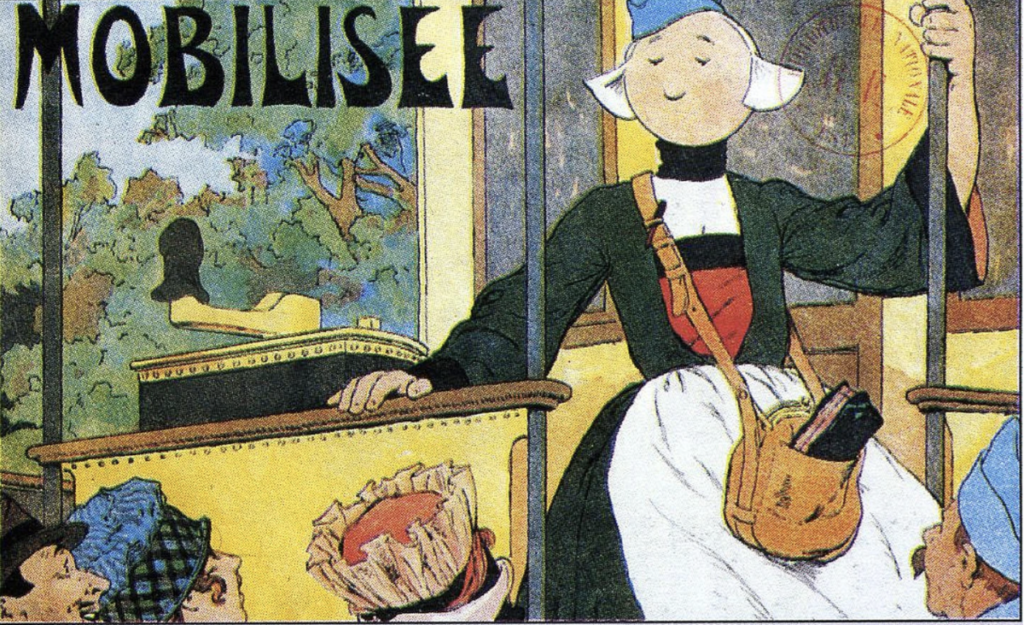Comics – A (Hi)Story in Images
Comics, graphic novels, or bandes dessinees, this mix of visual and textual fragments has been in the attention of the large public since its birth. Approaching all subjects, including social critique, children’s story tales, justice themes, war, terrorism, and generational trauma, comics reach out to people of all classes and ages. With or without academic education, political views, or religious beliefs, the mass can finally participate in the greater picture. The comics usually have a moral significance, exposed under the form of a tale, easily understood by everyone.
Low-art or no art at all?
Images have always conveyed messages and art was one straight way to raise awareness or to pass a note to the next generation. However, art belonged to the elite for about 90% of the human’s existence and, thus, only a handful of people had access to it. The principles transmitted for instance, by the Greek classic art, represented ideas and behaviors belonging to the aristocracy. The lower classes were disregarded and often ignored as their means of living and education were inferior. As a consequence, the mass could offer no quality contribution to society.
GET MORE FROM LEVEL

With the European industrial revolution and the artistic revolution made by the French artists in the 19th century, experimental sub-mediums emerged, mediums that promote freedom, speak about justice, equality and other problems of the society. Examples include sketches (but not paintings), stories (but not novels), or street theater plays (but not opera shows). Being an unfinished work – of art, book, musical composition, etc. comics tend to be temporary.
The main ingredient in this newly created medium is the powerful social component that could benefit the mass. Its purpose was not to offer intellectual elevation but to raise awareness about one issue, be it positive or negative. Satire, caricatures, flyers, and short humorous dialogues reveal the reality of the poor or ridicule the rich. Social dilemma, injustice, inequality, slavery, and prostitution represent subjects that an official artist would never dare to paint.
The debate surrounding the comics even today could originate from the 19th-beginning of the 20th century when the elite labeled as „low-art” everything that was outside their acceptance. However, WWI and the following military conflicts changed many political and social hierarchies. The „bandes dessinees” must not be seen as the art of the poor or as poor “art”, but rather as fragments of cultural expression and relationships of both low and high classes, which expresses universal desires. Comics, like other arts, in the present day are an expression of humanity and its ideals.

The birth of Comics
From cartoon strips by the Swiss Rodolphe Töpffer to a magazine with color covers and pages, history shows that comics emerged as a mass medium only in the 1930s, in the United States of America, Western Europe, and Japan. The European perspective on comics is slightly different than the American or the Japanese (manga). The French „bandes dessinees” swift from popular entertainment albums such as Tintin, Luke and Asterix to serious works of art and literature. In American society, comics imply childish entertainment and superficiality, debuting with Richard F. Outcault’s The Yellow Kid. Japan is a country that has a long history of satirical cartoons that culminated in the post-war era. Towards the end of the 20th century, three main lines were clearly defined by scholars: the bandes dessinees in Europe, the tankōbon in Japan, and the graphic novel in English-speaking countries.
The publishing of the Action comics (superheroes genre) in 1938 marked the starting point of the Golden Age of Comic Books, when studies show that 90% of American children were buying and reading comics. To escape the labels such as „cheap art”, and „disposable art”, in the post-war era both in Europe and the U.S.A. adult-only comics were created, with cultural content, a branch that flourished in the 1970s and 1980s.
Nowadays, comics are extremely diverse in thematic, approach, design, format, and artistry. Numerous studies have been done on the genre and a clear definition is impossible to give. Some critics denote comics as „drawn literature”, „multi-frame” medium, and „sequential art”. Others have even found a place for comics in art history, naming it the „the ninth art”, right after Architecture, Sculpture, Painting, Music, Dance, Poetry, Film, and Television.
‘Maus’ – study case of war comics
In 1991, the American cartoonist Art Spiegelman completed the publication of his greatest graphic novel – „Maus”. The nonfiction book depicts his father’s experience as a Polish Jew and Holocaust survivor. Published between 1980 and 1991, „Maus” employs in 296 pages a mix of genres and postmodernist techniques that made it the only graphic novel ever to win a Pulitzer Prize.
The work belongs to the category of war comics due to its thematic but other critics have classified „Maus” as memoir and post-memory work, biography, history, fiction, autobiography, or interdisciplinary creation. The book respects the classic pattern of visual sequences combined with text bubbles, depicting personal experiences from WWII.
Spiegelman interviewed his father who was a victim of the Holocaust and for the work, he empowered animals with different nationalities. He represented Jews as mice, Germans as cats, Poles as pigs, Americans as dogs, the British as fish, the French as frogs, the Swedish as reindeer, and the Roma as gypsy moths. Spiegelman started his historical narrative with the years leading up to World War II to his parents’ liberation from the Nazi concentration camps.
„Maus” approaches a sensitive subject by depicting the horrors of the war, with its persecutions, fears, Jewish concentration camps, grotesque abuses, and other „unbearable realities”. To avoid too much weight given by the violence of the period, Spiegelman incorporated throughout the book humorous details, ironies, and small stories. He thus offered a human side to the story and made it more accessible.
The success of „Maus” reached out beyond any imagination and raised interest from both mass and academic researchers. Many critics have studied the book and included it in important historical and art historical academic works. The book is considered an important work of Holocaust literature, and a significant contribution to Holocaust studies.
The ‘Maus’ and the public
In the U.S.A. the public was open to the work and after its publication as a volume in 1986 and its distribution in bookstores rather than comic shops, „Maus” found its audience. The work was next published in the Commonwealth by the British publishing house Penguin Books. Spiegelman’s goal was to translate and publish the work in French, German, and Polish, for personal reasons. His wife is French and he greatly admired the tradition of the „bandes dessinees”, Germany represents the background of the book and Polish is his mother tongue. In both France and Germany, the work received positive reviews. Poland was reluctant due to their association in the book with pigs. Other conflicts emerged when the book was to be published in Israel and Russia. However, by 2011, „Maus” was translated and published into over 30 languages.
Horrors of the war from another point of pencil
Spiegelman started to draw professionally at the age of 16 and was attracted by the comics genre. In the 1970s Spiegelman created a series of underground comics, short and experimental. He gained prominence within the branch and a selection of these strips was published in 1977. Most of his creations were autobiographical and, just like „Maus”, questioned human relationships, identity, racism, and presented personal experiences. During this period, Spiegelman focused on his new comic creation „Maus”, exploring his relationship with his father, a Holocaust survivor, and his torments.
By the 1990s, many books approached the Holocaust, from memoirs to accurate historical writings, films, documentaries, visual art, museums, etc. As a part of humanity’s recent history, the Holocaust is emotionally sensitive and can have a great impact on the families involved in the tragedy.
Spiegelman takes his chances and creates a graphic novel about his parents’ experiences as concentration camp prisoners. His work is authentic, powerful, empathic, clear, and modern. „Maus” is considered an avant-garde creation, unlike many of the comics on the market. The story has two timelines – the present – Spiegelman and his father, and the past – the years dominated by Hitler’s terror. The work is full of significance, from the animals Spiegelman chose to represent nationalities to clothes details and hairstyles. The work became famous by striking a sensitive chord and by approaching an accessible and intriguing visual style that could be appreciated by all classes. In the end, it’s a (hi)story about WWII through artistic means that conveys messages to the next generations. It is not a personal story anymore, but becomes a symbol of thousands of people in similar situations and generates strong debates, be it positive or negative.


Leave a Reply